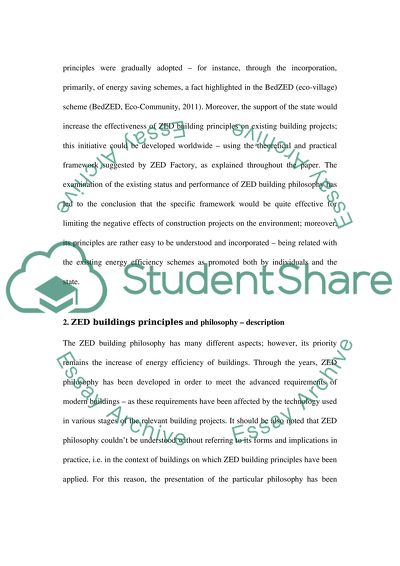Cite this document
(“Introduce ZED buildings principles and its Philosophy in relation to Essay”, n.d.)
Retrieved from https://studentshare.org/environmental-studies/1404917-introduce-zed-buildings-principles-and-its
Retrieved from https://studentshare.org/environmental-studies/1404917-introduce-zed-buildings-principles-and-its
(Introduce ZED Buildings Principles and Its Philosophy in Relation to Essay)
https://studentshare.org/environmental-studies/1404917-introduce-zed-buildings-principles-and-its.
https://studentshare.org/environmental-studies/1404917-introduce-zed-buildings-principles-and-its.
“Introduce ZED Buildings Principles and Its Philosophy in Relation to Essay”, n.d. https://studentshare.org/environmental-studies/1404917-introduce-zed-buildings-principles-and-its.


